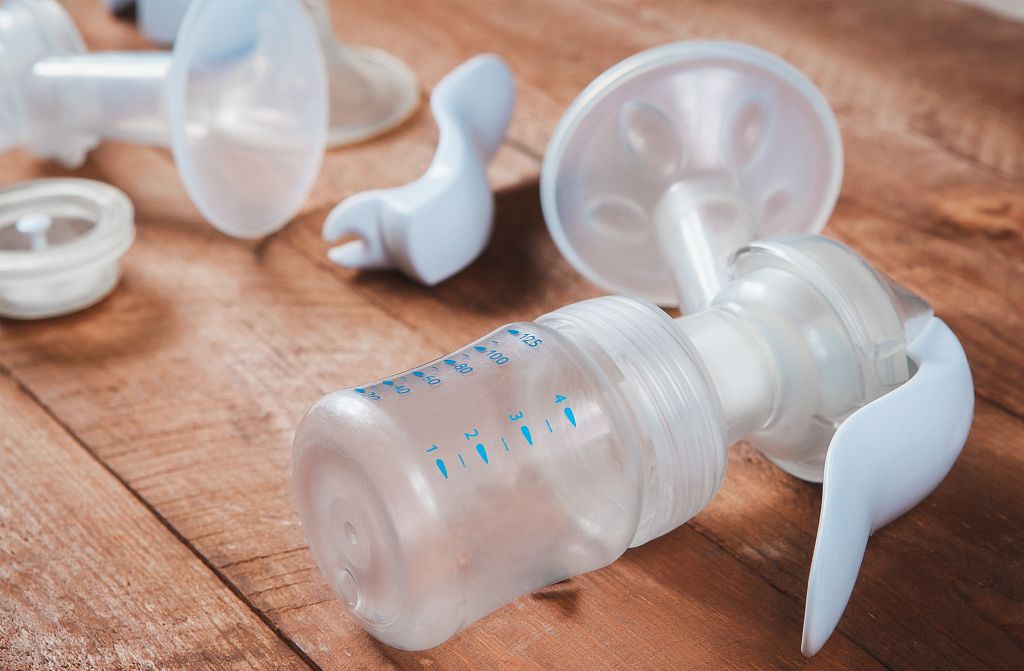
Understanding the different breast pump parts is crucial for ensuring an efficient and comfortable pumping experience. Each component plays a vital role in the pump’s operation and your overall comfort. In this guide, we’ll break down the important parts of a breast pump, their functions, and tips for maintaining them.
Function: Breast shields, or flanges, are the funnel-shaped parts that fit over your nipples and areola. They create a seal against your breast to help draw milk out.
Importance: Properly fitting flanges are essential for comfort and efficient milk expression. Flanges that are too small or too large can cause pain and reduce milk flow.
Tip: Measure your nipple size to ensure you use the correct flange size. Most brands offer various sizes to fit different nipple diameters.
Function: Valves and membranes create suction by opening and closing with the pump’s rhythm. They allow milk to flow from the breast shield into the collection bottle while preventing backflow.
Importance: Keeping these parts clean and in good condition is crucial for maintaining the pump’s efficiency and hygiene.
Tip: Regularly inspect and replace valves and membranes as they can wear out over time, reducing suction and pump performance.
Function: Tubing connects the breast shields to the pump motor, allowing suction to be created.
Importance: Tubing should be kept clean and free of moisture to prevent mold growth and ensure effective suction.
Tip: If milk accidentally gets into the tubing, wash it immediately and let it air dry completely before the next use.
Function: The motor unit powers the pump and controls the suction and speed settings.
Importance: A reliable motor unit ensures consistent suction strength and adjustable settings for a comfortable pumping experience.
Tip: Keep the motor unit clean and dry. Follow the manufacturer’s instructions for maintenance and troubleshooting.
Function: These containers collect the expressed milk and can be used for storage or feeding.
Importance: Using BPA-free bottles or bags ensures the milk remains safe for your baby.
Tip: Label and date milk storage containers to keep track of freshness and avoid waste.
Function: These components prevent milk from entering the tubing and motor, maintaining hygiene and extending the life of the pump.
Importance: Ensuring backflow protectors are in place and functioning correctly is crucial for hygienic pumping.
Tip: Regularly check and clean backflow protectors according to the pump’s manual to ensure they are free of milk residue and debris.
Understanding the essential parts of a breast pump and their functions can significantly enhance your breastfeeding and pumping experience. At Pumps For Mom, we provide a range of high-quality breast pumps through insurance, ensuring that mothers have access to the best tools for their breastfeeding journey. Contact us today to see if you qualify for a free breast pump and start your journey towards comfortable and efficient breast pumping.
For more information and to explore our range of breast pumps, visit our blog and read our detailed guides and product spotlights to make an informed decision.